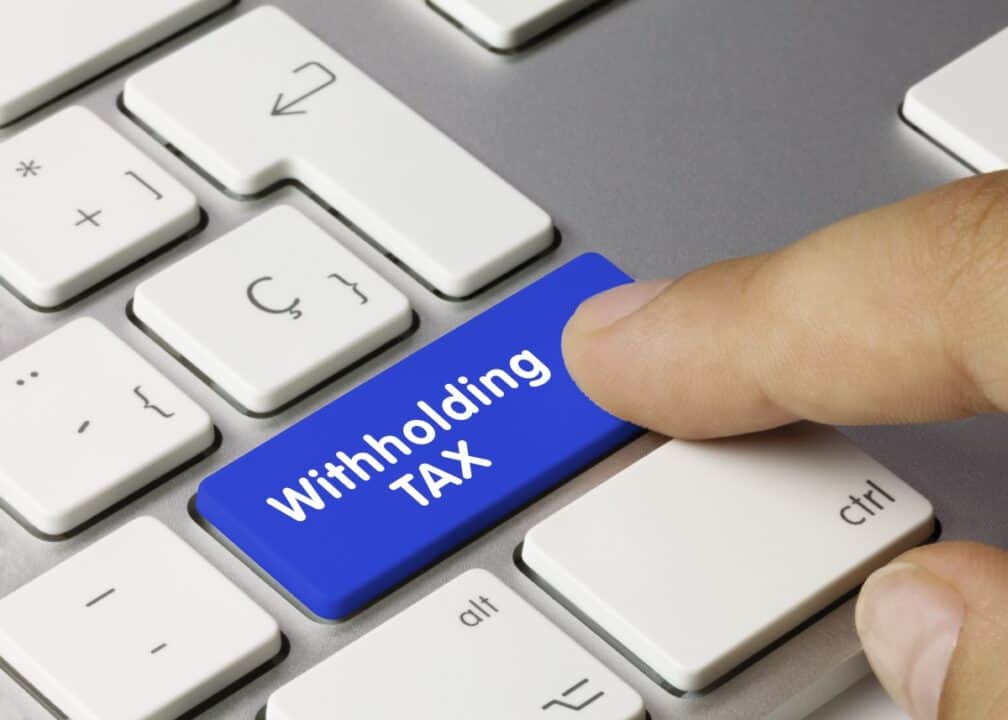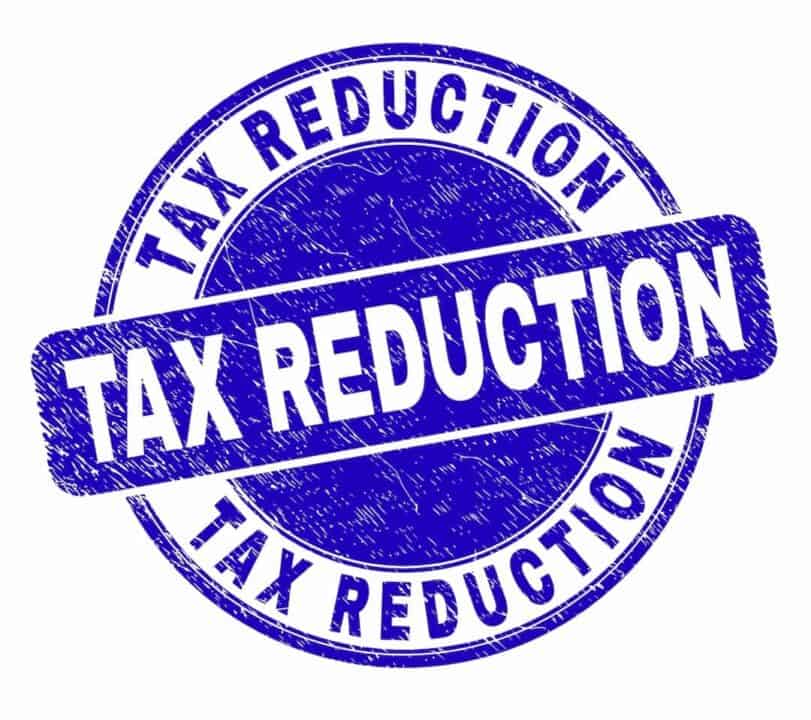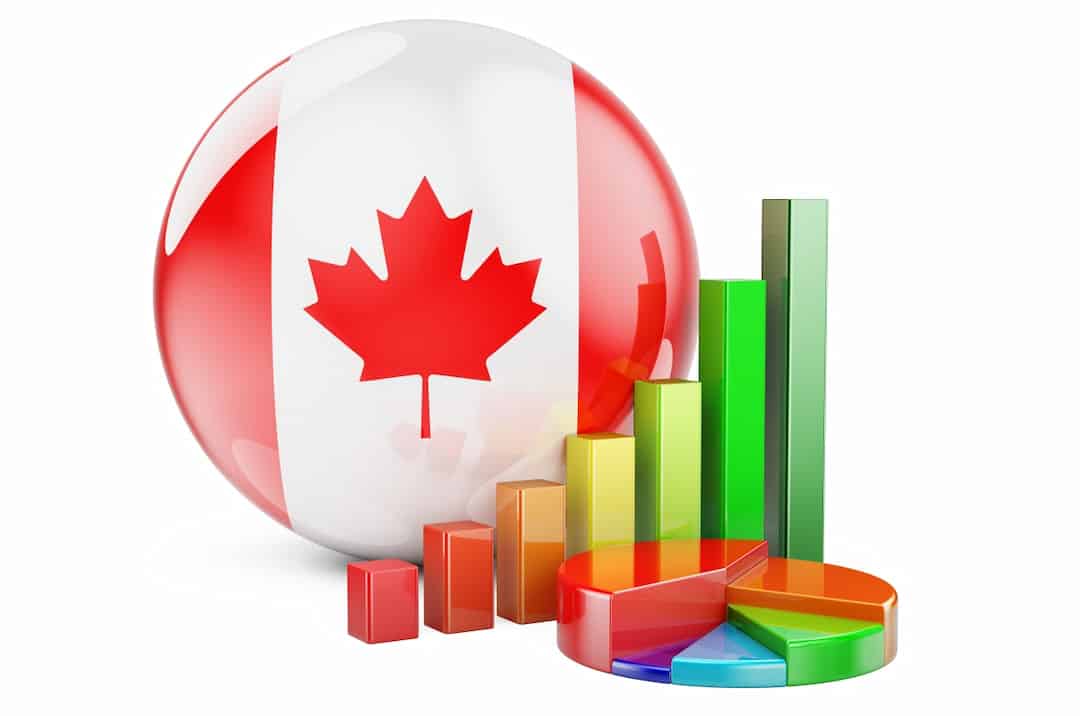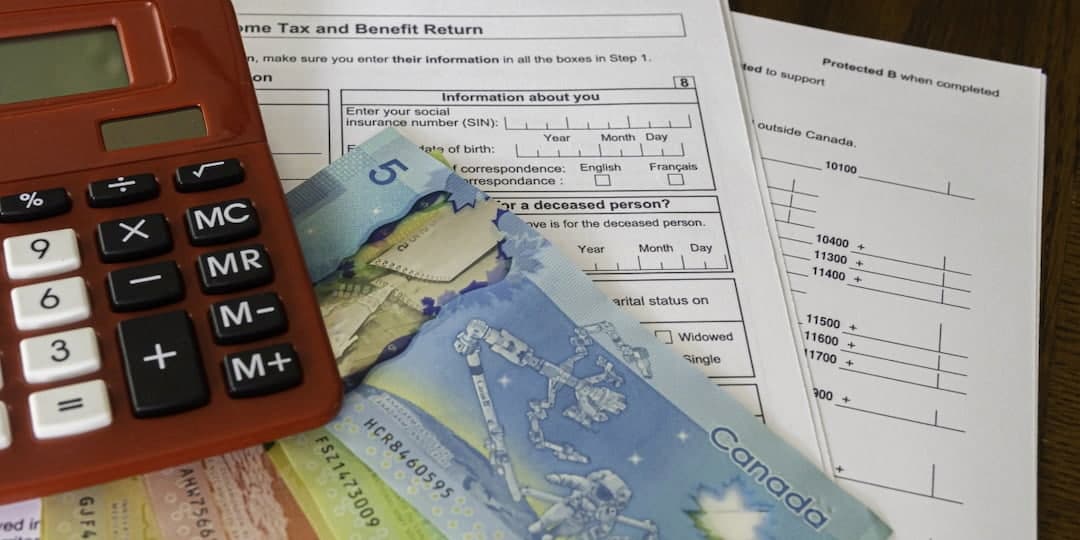An RRSP is a registered retirement savings investment that has the benefits of tax-free compounding. It also allows you to deduct your contributions from your current taxes. While you may be in a lower tax bracket during retirement, the funds are still subject to withholding and income taxes. When you withdraw your funds it can be shocking to see how much of your funds are withheld.
Most financial advisors tell you not to withdraw from your RRSP – for Canada’s best RRSP click here – before maturity due to tax liabilities. However, even if you withdraw from your RRSP during retirement, the funds are subject to withholding tax. You have options when it comes to your RRSP funds, and some methods help to get around the dreaded RRSP withholding tax.

What Does Withholding Tax Mean?
Withholding tax is the amount your financial institution or bank keeps to pass onto the Canada Revenue Agency. RRSP withdrawals are subject to taxes, so your bank will hold those funds and pay the CRA for your withdrawal. Withholding tax for an RRSP is similar to tax withheld from your employer when receiving your paycheck.
As the name suggests, it is tax taken from your withdrawal amount to pay for taxes. The withholding tax rate depends on the withdrawal amount and where you live.
Why is There Withholding Tax on RRSP?
RRSPs have no tax obligations during contribution. They also allow you to deduct your contributions from your current income. This may put you in a lower tax bracket for fewer tax liabilities. On the other hand, when you withdraw funds, they count as retirement income. The withholding tax is for payments to process this tax information.

Your financial institution holds the withholding tax to put towards your income tax liabilities. You can look at it as being a credit towards paying your taxes for the year. RRSP withdrawals are income, so essentially you are paying off your income taxes. However, your withdrawal may put you in a higher tax bracket, meaning you may owe more taxes than you may think.
How the RRSP Withholding Tax is Paid?
The RRSP withholding tax deducts off your RRSP withdrawals. Which means you will not get the total withdrawal amount you made. This is similar to the tax withheld on your monthly paychecks. There is technically no fee you pay for withholding tax, but the amount gets taken off your withdrawal. On your tax return, if the amount of withholding tax is more than the taxes you owe, the CRA will issue a refund.
Do You Get the Contribution Tax Back?
In a registered retirement savings account, there are no taxes to contribute. This is a great tax-deferred method to compound your retirement savings. In addition, your contributions take away from your current taxable income. This allows you to pay less income tax at your current tax rate. Although there are taxes when you withdraw funds, there are ways to get around it.

You are also allowed to contribute to a common-law partner RRSP. You are also able to deduct this contribution amount from your income. This can help reduce your taxes in the current tax year, even if the RRSP is not your own. There is no contribution tax, but instead, you can get tax benefits from making contributions to you and your partner’s RRSP.
What is the Withholding Tax Rate?
The withholding tax rate is dependent on how much money you withdraw. The amount of tax you pay breaks down into three different withdrawal levels. Withdrawals up to $5,000 have a withholding tax rate of 10% in most provinces of Canada. Tax rates for withdrawals up to $15,000 are 20%, and less in some areas. Withdrawals over that amount are subject to 30% of the withdrawing funds.

These tax rates apply to most areas of Canada except Quebec, which has a lower rate. Customers that do not live in Canada have a higher rate of 25% not dependent on the withdrawal amount. As you can see, even the low-tier withdrawal can make a dent in your withdrawal. We recommend not making early withdrawals and finding other methods to avoid withholding tax.
Are Withholding Taxes the Same as an Income Tax?
Although the two can get mixed up, especially in an RRSP, income tax and withholding taxes are not exactly the same. Essentially, the withheld taxes count towards the income tax you pay at the end of the tax year. Since the taxable income is not calculated until the year is over, the two amounts may not be the same.
The tax withheld from your RRSP is a set amount your bank holds back to pay these tax liabilities. If you pay more withholding tax than the income tax you owe for the year, the CRA will send a tax return check. If your income tax is higher than the tax withheld, you will need to make an additional tax payment.

How do I Avoid Tax on RRSP Withdrawals?
RRSP withdrawals, no matter what the situation, are subject to taxes. Whether it be income taxes or withholding taxes, any withdrawal requires taxation. Even during retirement, your withdrawals have taxes. Your RRSP withdrawals during retirement count as retirement income, which is taxable money. Since your tax rate may be lower during retirement, the taxes will be less compared to an early withdrawal.
While most advisors tell you not to make early withdrawals since it has tax penalties, there are two scenarios where you can avoid this. There are also other consequences to early withdrawals including losing your contribution room and tax-free compounding (see also how to make best of your contribution room as you can). Two situations that are not subject to tax when withdrawing your money include:
Home Buyer’s Plan

The HBP allows eligible clients and their spouses to withdraw money to pay for a down payment or building of their first house. You are able to withdraw up to $35,000 from your RRSP that is not subject to income tax or withholding tax. You must repay the funds withdrawn within 15 years of borrowing. Since the withdrawal money requires repayment, you technically will still need to pay tax.
While there are no tax penalties when withdrawing under the HBP, you may still need to pay withholding tax later on. If you want to get around this you may want to seek professional advice or transfer your funds during retirement to an RRIF. When withdrawing the minimum amount, you are not subject to withholding tax.
Lifelong Learning Plan
The Lifelong Learning Plan, LLP is another way to make an early withdrawal without having to pay any taxes. The lifelong learning plan allows eligible students to withdraw RRSP funds to pay for school. This plan allows students to withdraw up to $10,000 a year with a $20,000 maximum. The withdrawals can span a four-year term. You must repay the funds back in 10 years.
Can you Withdraw from RRSP Without Paying Withholding Tax?
While all withdrawals are technically subject to taxes, there are ways to get around paying so much of it. When making a typical withdrawal from your RRSP during retirement, there is no way to avoid withholding tax. You can, however, transfer your funds to an RRIF, or Registered Retirement Income Fund.
The main difference between an RRSP and RRIF is that an RRIF requires a minimum annual withdrawal. However, with a minimum amount, the funds are not subject to any withholding tax. If you withdraw funds over the minimum amount, the funds are subject to a withholding tax of 10-30%, similar to an RRSP.

Your RRSP matures at the end of the year you turn 71. At that time you have three options for your savings in your RRSP. You can withdraw a lump sum, transfer your funds, or purchase an annuity. The only option that avoids withholding tax is transferring to an RRIF. However, it is important to note that only if you withdraw the minimum amount will your funds not be subject to withholding tax.
The Bottom Line
RRSPs can be frustrating since it requires tax payments. However, there are ways to get around it as well. Even though the tax withheld goes towards the income tax you owe, you may find that it can take a cut into your financial investments. When you retire you have the option to move your RRSP investment to an RRIF. If you know you will only need to withdraw the minimum this may be a better option for you.
RRSPs also allow you to withdraw your money early for two reasons. If you are eligible first home buyers or looking o go back to school, you can withdraw a certain amount of money tax-free. Although these funds need to be aid back, they are essentially a tax-free way to withdraw from your RRSP. Since an RRSP is an important financial investment, you want to make the most of it.